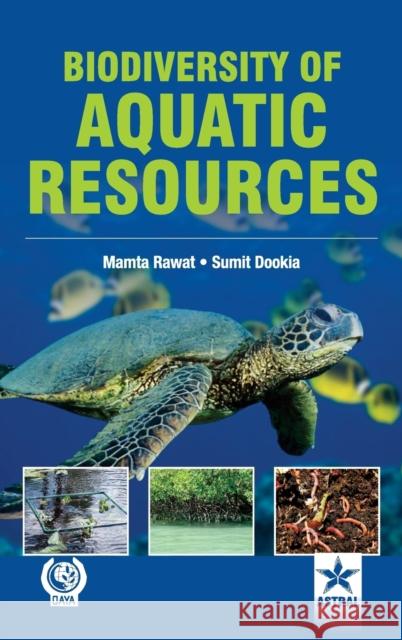Biodiversity of Aquatic Resources » książka
Biodiversity of Aquatic Resources
ISBN-13: 9788170359739 / Angielski / Twarda / 2012 / 322 str.
This book "Biodiversity of Aquatic Resources" is an anthology of current original research in the field of aquatic biodiversity, wetland ecology and the applied aspects with reference to aquatic resources across the country. It is an assemblage of up-to-date information of rapid advancement and developments taking place in the field of aquatic ecology. The book is a sole omnibus of 20 chapters which discusses studies on different aspects like fisheries, diatoms, vermicomposting, bacteriology, macrophytes, rotifers, issues related to water like monitoring, water resources and stress, molassess, mangrove vegetation, avifauna and other aspects respectively contributed by eminent scientist, researchers and academicians active in the respective areas. Broadly the book is divided into five sections; including various issues of aquatic regime like, aquatic ecology, conservation and management approaches, pollution, and issues on water resources. The publication also throws light on the challenges aquatic regime is facing in overall country, with the hope that it will not only be helpful to students and researchers but also to policy makers, environmental lawyers and the rest. It may form the basis for initiating conservation measures for securing the long term future of aquatic biodiversity. We hope that the policy makers, advisors and government officials will rise to the challenge and use this document to further make progress to conserve our aquatic biodiversity.
This book "Biodiversity of Aquatic Resources" is an anthology of current original research in the field of aquatic biodiversity, wetland ecology and the applied aspects with reference to aquatic resources across the country. It is an assemblage of up-to-date information of rapid advancement and developments taking place in the field of aquatic ecology. The book is a sole omnibus of 20 chapters which discusses studies on different aspects like fisheries, diatoms, vermicomposting, bacteriology, macrophytes, rotifers, issues related to water like monitoring, water resources and stress, molassess, mangrove vegetation, avifauna and other aspects respectively contributed by eminent scientist, researchers and academicians active in the respective areas. Broadly the book is divided into five sections; including various issues of aquatic regime like, aquatic ecology, conservation and management approaches, pollution, and issues on water resources. The publication also throws light on the challenges aquatic regime is facing in overall country, with the hope that it will not only be helpful to students and researchers but also to policy makers, environmental lawyers and the rest. It may form the basis for initiating conservation measures for securing the long term future of aquatic biodiversity. We hope that the policy makers, advisors and government officials will rise to the challenge and use this document to further make progress to conserve our aquatic biodiversity.











